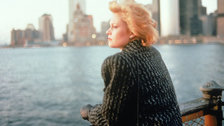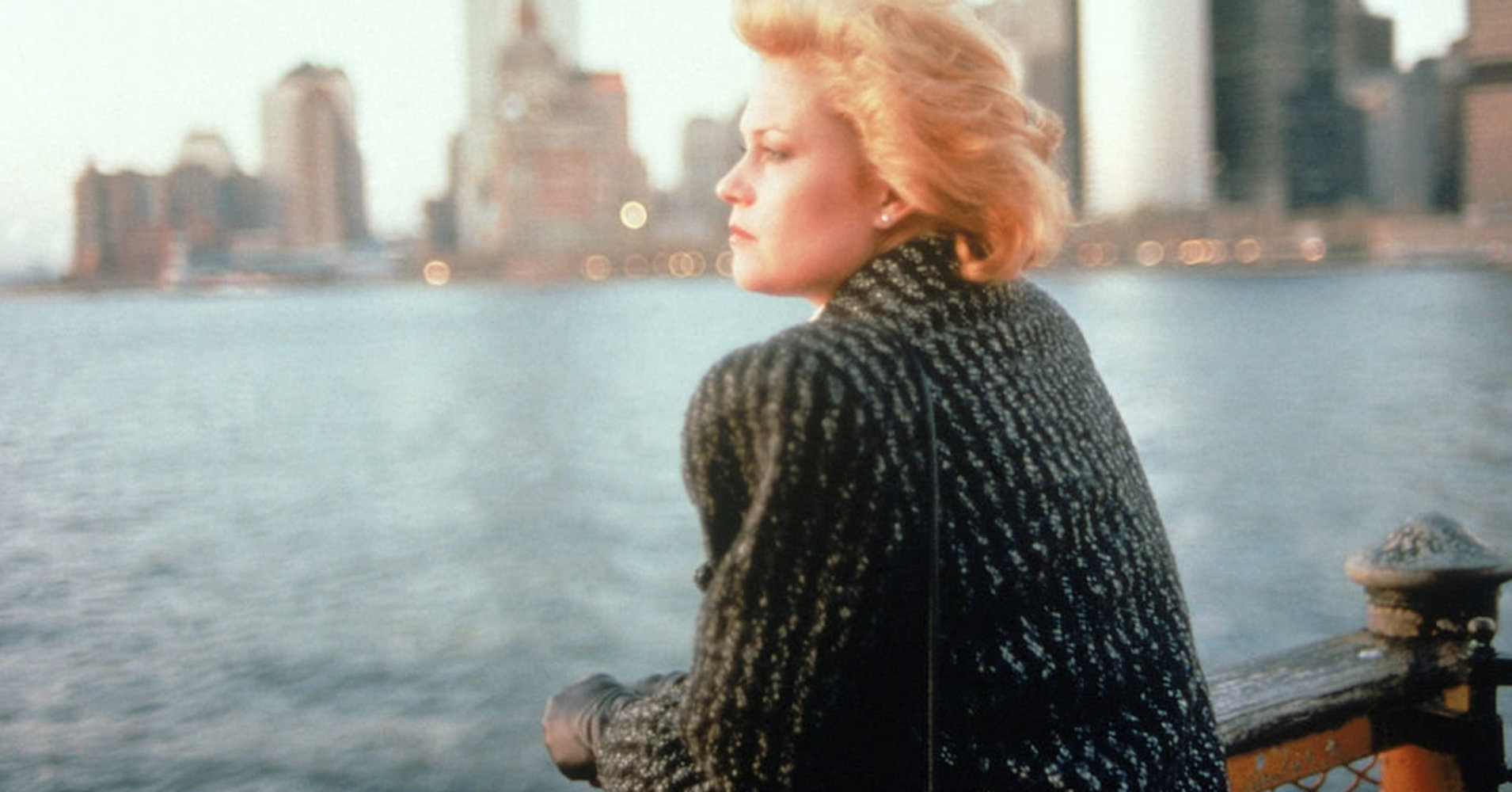[ad_1]

Welcome to Rom-Com Week. You might think you hate romantic comedies, but give it a minute and you’ll probably fall in love. Because that’s how rom-coms work.
One of my favorite things in life is catching that first glimpse of the Manhattan skyline. When I was a kid, my family’s occasional trips into New York City went by way of the George Washington Bridge. Few sights were more exhilarating than the island appearing in the windshield as we inched forward, an expanse of concrete that filled me with a sense of possibility.
As an adult, it’s decidedly less dreamy. Aboard Amtrak’s Northeast Regional, I crane my neck to get a few brief sightings of the city outline before the train disappears underground, bound for the subway hellscape that is Penn Station. But once I’m at street level again (probably after dodging a rat) and walking through midtown, I somehow still feel that same sense of magic.
Romanticizing New York is tried-and-true pop culture behavior. It’s not a coincidence that, as a teenager growing up in suburbia, my romanticism of New York dovetailed with my budding interest in movies. I found poetry in the city’s pleasures and ills, my cinematic diet comprising equal parts sunny Nora Ephron rom-coms (“Don’t you love New York in the fall? It makes me wanna buy school supplies”) and gritty Martin Scorsese crime epics (“Someday, a real rain will come and wash all this scum off the streets”).
Within the grand tradition of cinematic introductions to New York, Mike Nichols’ “Working Girl” fits somewhere between those two poles of idealism and cynicism. It contains perhaps the best and most famous use of the Staten Island Ferry in film ― a recurring motif in the movie that also serves as part of the daily commute for protagonist Tess (Melanie Griffith), a working-class Staten Island-bred secretary moving up the corporate ladder in Manhattan.
The film’s opening credits sequence features one of those classic “this movie is about New York!” establishing panoramas, showcasing Michael Ballhaus’ sweeping camera work and a quintessentially ’80s Carly Simon song, “Let the River Run.” It starts with a close-up of the Statue of Liberty, panning around her head before pulling back to show New York Harbor, then closing in on the orange-and-blue ferry heading toward lower Manhattan. (For 2018 viewers, the appearance of the World Trade Center and Kevin Spacey’s name in the credits also offer a quick one-two punch of “oh yeah, this was made in a different time.”)
And then we meet Tess and her best friend Cyn (Joan Cusack), ensconced within the thousands of scrappy commuters ready to conquer the workday. The drums from Simon’s song pulsate, the chorus soars.
Sure, it’s sentimental and maybe too corny. But it works, capturing the sense of possibility and the promise of opportunity that Manhattan can evoke, even if it might be purely aspirational.
Tess’ reality is decidedly unglamorous. Throughout the movie, her rough-and-tumble journey to the top doesn’t always reflect the glossy idealism of other cinematic tales of New York. Yet there is a certain choreography to the brief scenes on the ferry, when Tess is squeezed among grumpy commuters juggling coffee and newspapers, or studying her notes while heading back to Staten Island on a nearly empty boat after a night business class, or sipping a beer while starting to hatch a plan, after discovering that her boss Katharine (Sigourney Weaver) is planning to steal her business proposal and claim it as her own.
Late in the movie, a defeated Tess commutes home after unsuccessfully trying to prove that Katharine ― who now claims Tess stole her idea ― is lying. As the ferry glides past the Statue of Liberty and the setting sun, she tearfully stares off into the distance, thinking about how far she has come, yet how far she still has to go in the Wall Street rat race.
Fittingly, the closing credits scene is almost the reverse of the opening credits. The camera slowly pulls back from a triumphant Tess ― now an executive ― and her new office window, revealing the surrounding glass towers filled with workers, eventually taking in the skyline and New York Harbor.
If you look closely, you can make out an orange-and-blue ferry docking at the tip of lower Manhattan. It’s probably dropping off more commuters like Tess, who know that life in New York might chew them up and spit them out, but it’s worth a shot.
[ad_2]
Source link

